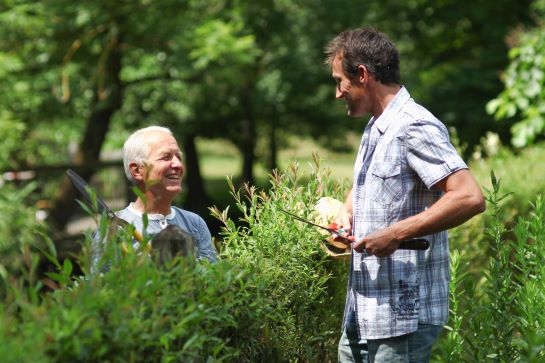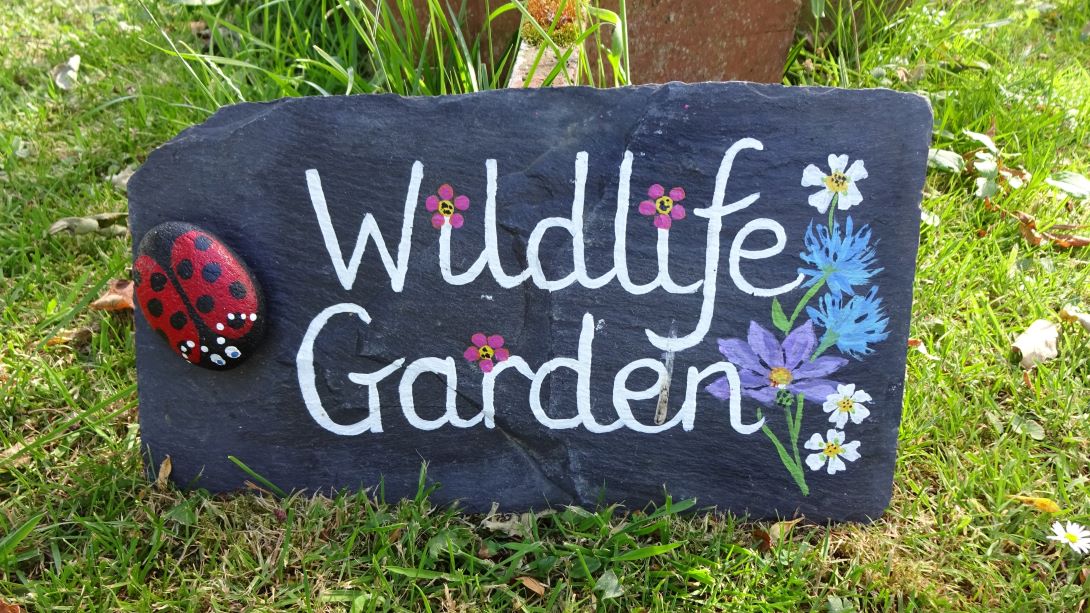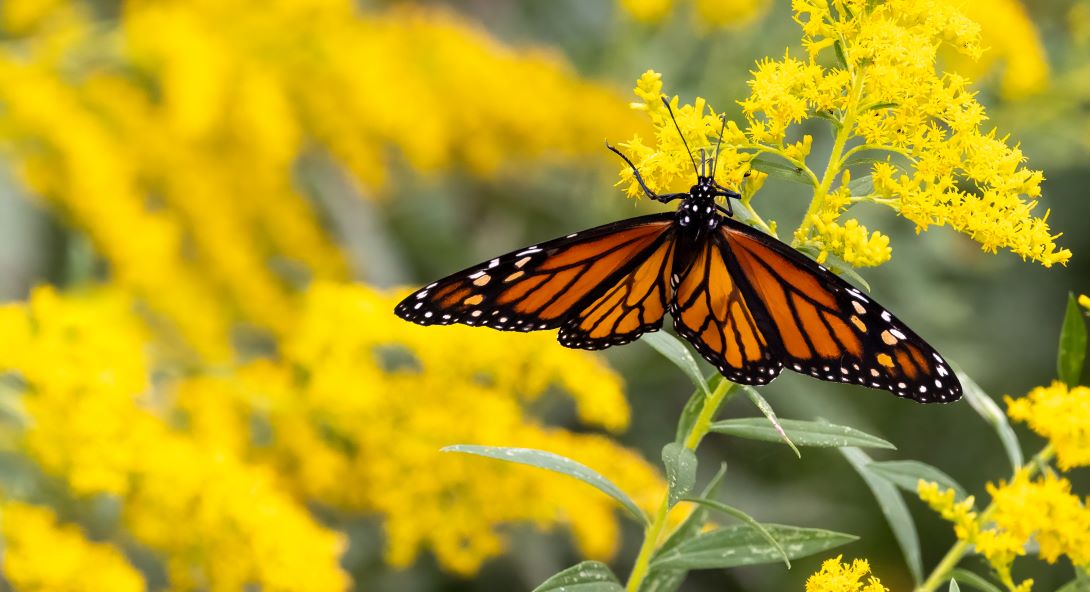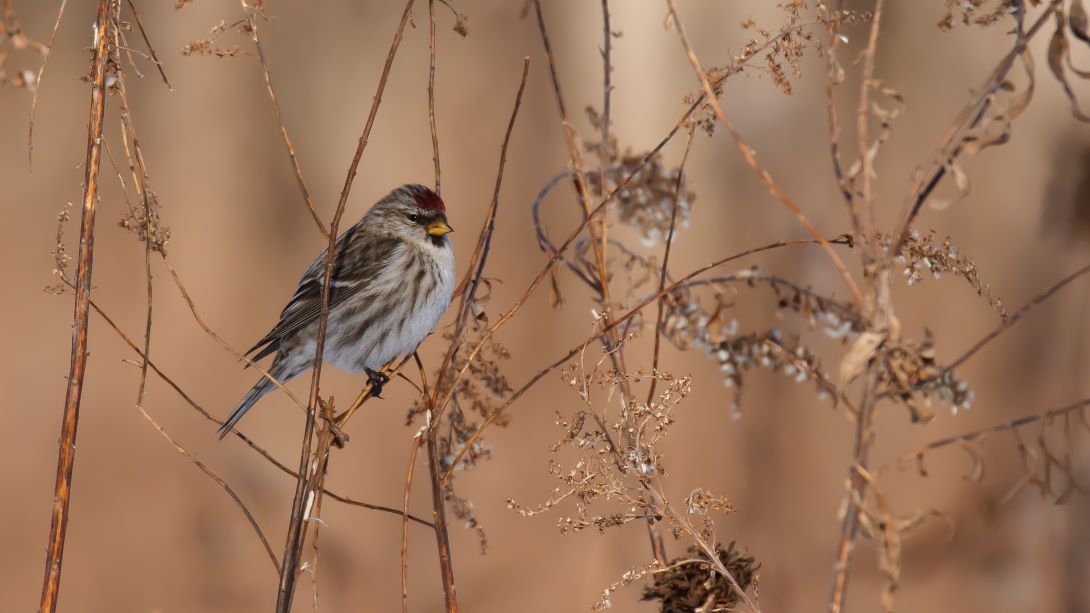Six neighbour-friendly tips for how to help wildlife at home
Whether you’re leaving some leaves on the ground in fall, saving fallen logs and brush piles in spring, or growing native trees and plants in between, creating wildlife habitat on your property is a significant way to support local biodiversity.
Unfortunately, what often stands in the way is worry over how neighbours might react to a non-traditional aesthetic that differs from the usual “suburban lawn” look.

If that’s holding you back, you’re not alone. The concern that yards with native plants could be perceived as “messy,” and the pressure to conform to whatever landscaping style dominates your neighbourhood, are common deterrents to adopting a more nature-friendly approach — especially if you’re one of the first in your area to step outside the norm.
The risk of upsetting neighbours can be daunting, but you don’t need to let that stand in the way of your goals. Here are some steps to get your neighbours on board as you bring your habitat garden or naturalized yard to life:
Find your people
The second, third and fourth natural gardens on the block will receive less attention than the first. When chatting with neighbours in person or online, test the waters to see if anyone near you shares your gardening interests. Then, see if you can embark on your projects at the same time — that way, neighbours will be more likely to view this as a growing trend with intention as opposed to the subversive actions of a lone wolf. And if you’re moving, why not scout for habitat gardens in your prospective new neighbourhoods?
You can also join re:grow, WWF-Canada’s free hub for growing native plants and creating habitats, to find or create a group for nature-oriented gardeners near you as well as valuable how-to tips.
Give me a sign
Erecting a sign can help passers-by understand what your yard or garden is about: “Pollinator Garden,” “Wildlife Habitat” or “Work in Progress: Nature Takes Time” can put a novel yard aesthetic into context and help people understand why native plant gardens are important. Slogans like “No Mow May” are becoming more and more recognized every year. Using plant species tags or labels also make it clear that they belong and are not “just weeds.”

Business in the front, party in the back
We don’t really like saying this, but it’s a fact that people will care less if you can keep more experimental garden projects contained to the privacy of your backyard. The front yard gets a lot more attention, so if you live in a highly manicured area, consider keeping things a bit tamer out front. You might choose to keep some recognizable (non-invasive) horticultural species like hydrangeas, tulips or lavender in your front garden and then make changes gradually to — at least somewhat — fit in with the neighbourhood vibe.
Show you care
Counter the misconception that yards with abundant wildflowers, leaf litter and spent seed heads are the result of “lazy gardening” by:
- keeping a small patch or strip of lawn mowed
- neatly trimming and bundling dried stems
- occasionally cleaning up garden bed edges and using stones or logs to create definition between your beds or zones within your yard
- adding a tasteful art piece or ornament
- removing invasive species (garlic mustard, for example, can be enjoyed as pesto)
- being visible working in the garden

Catch flies with honey
If you are faced with criticism, listen to what others have to say without interrupting or contradicting. Avoid making assumptions and ask sincere questions to understand their perspective more fully before explaining your own. Try sharing something interesting you’ve learned (“Did you know that this plant tastes great?”) or a story about birds or butterflies that you’ve seen in the garden. One conversation probably won’t change someone’s mind, but building a positive, respectful relationship can plant the seeds of a new understanding that grows over time.
Improve the laws of the land
More and more municipalities across Canada are updating policy to enhance local biodiversity. But bylaws relating to landscaping on private property are sometimes out of step with these overarching strategies and can be vague, making them difficult to interpret. They also vary widely from place to place, with some locales more permissive of nature-friendly gardening practices than others. If the rules for your area don’t add up, reach out to your local representative to point this out and share the effect it’s having on you and your neighbours. And if the bylaws are supportive of native-plant yards and gardens, but you are still being pressured by neighbours or bylaw officers to remove them, an explanatory letter from a municipal leader should help rectify that situation.

By moving off the beaten path in pursuit of your wildlife gardening ambitions, the rewards may well outweigh the risks, even for your neighbours since pollinators don’t respect property lines! Leaving a leaf layer on the ground in fall helps protect your perennials and ground-dwelling bumble bee queens. Growing native flowers attracts pollinators and beautifies your outdoor space. Planting native shrubs provides food and shelter for birds and helps prevent erosion. The list goes on! You just might turn out to be the trendsetting gardener your neighbourhood has been waiting for.
To learn more about creating habitat for wildlife and growing native plants and trees or to create or join a gardening group in your community, visit re:grow.


